Universe Unveiled

Universe Unveiled is an inspiring exploration of how we capture and imagine the cosmos.
This outdoor exhibit features a breathtaking gallery of celestial photos taken by amateur astrophotographers right here in the Bay Area. These aren’t just pretty pictures—they’re windows into space, filled with real data and artistic insight that offer views into the sky above us.
Learn how images of Saturn have changed over time, how photo-editing can help us “see” invisible light, and how everyday people, maybe even someone in your neighborhood, are capturing amazing images of galaxies, planets, and nebulae.
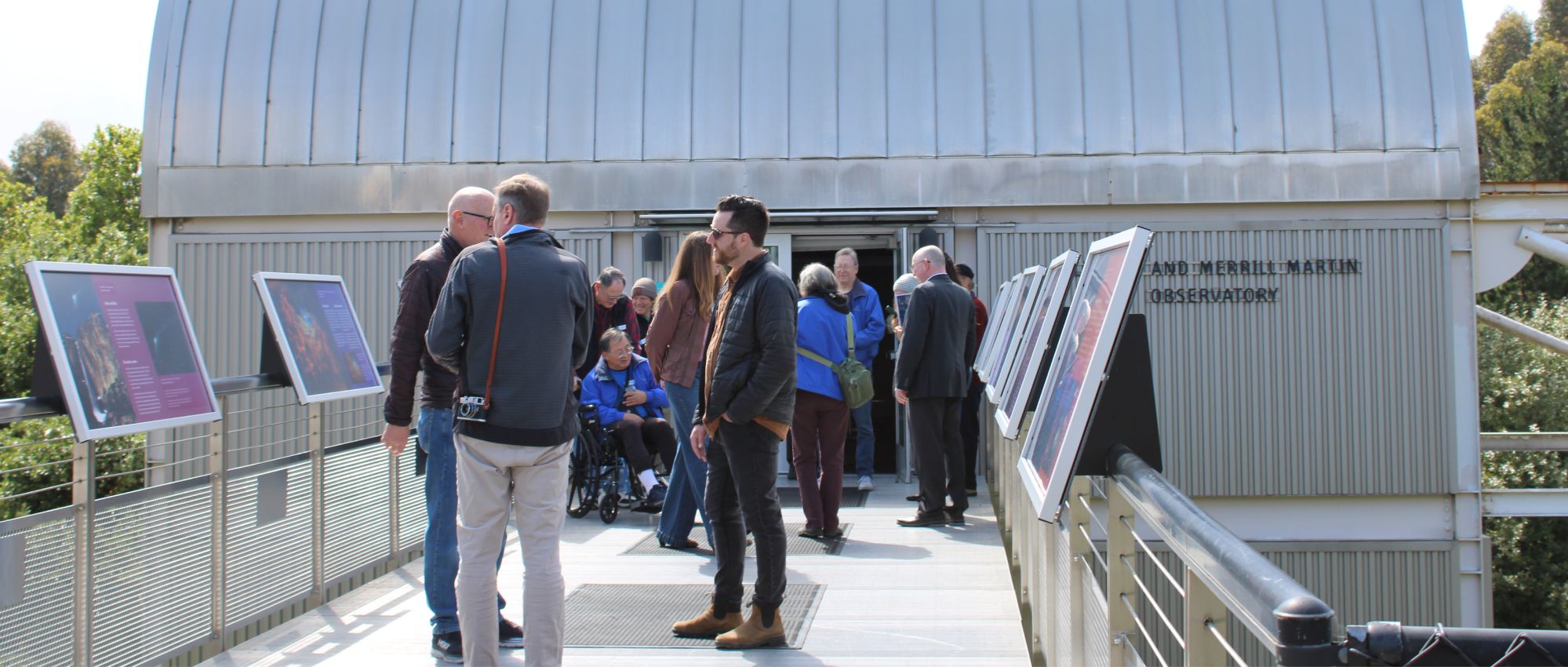


About Our Community
Looking up connects us all
Whether you’re gazing through a telescope or pointing your phone skyward, you’re part of a worldwide community.
This project was made in collaboration with the Space Telescope Science Institute (STScI) and amateur astrophotographers throughout the Bay Area. Special thanks for participation by volunteers from the Eastbay Astronomical Society (EAS).
You can learn more about public telescope viewings and our historic telescopes on our Observatories page.
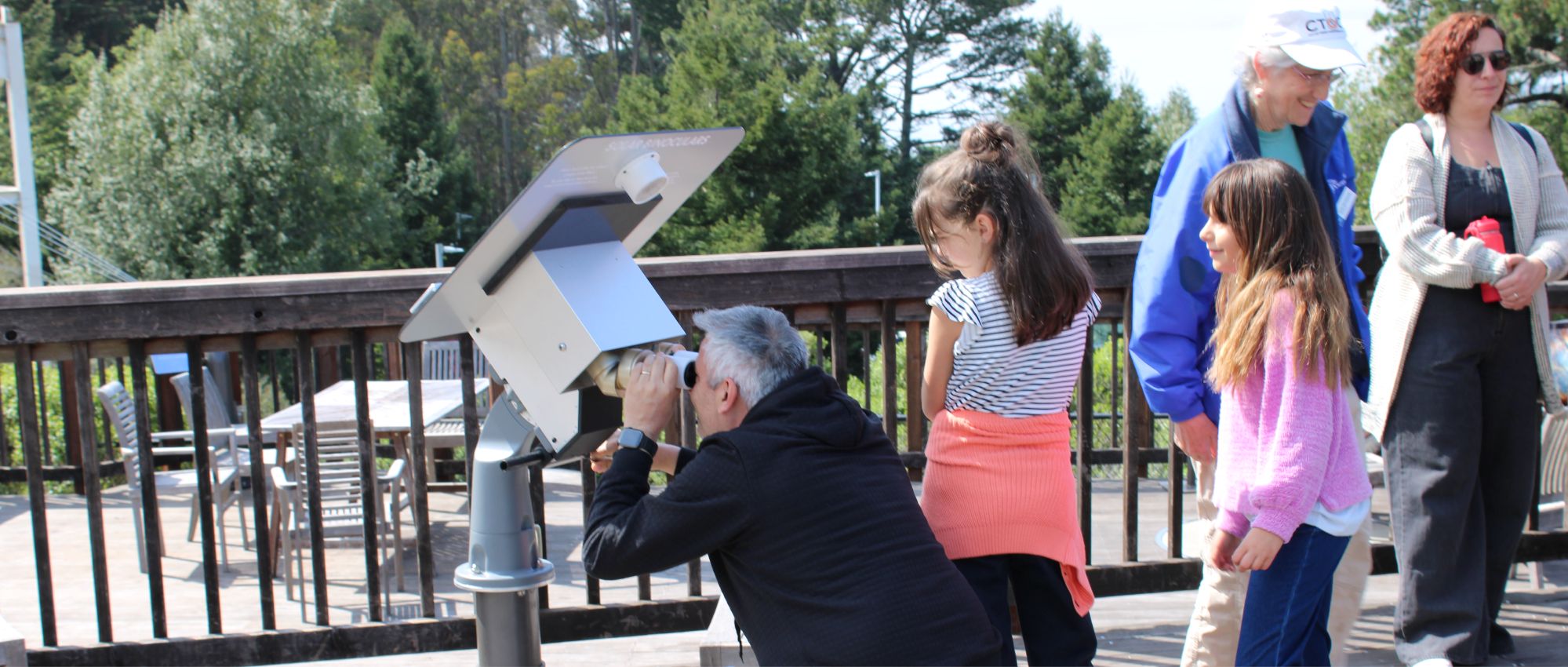
Translations of select terms from our Universe Defined glossary guide are available in French, Mandarin, Portuguese, Russian, Spanish and Tamil are provided by Chabot’s Bilingual Science Explainers, part of the high school Galaxy Explorers program. The translation project was led by Luana Oliveira, Girl Scouts of Northern California troop #33444, for her Gold Award.
Space Telescope Science Institute
Established in 1981, the Space Telescope Science Institute (STScI) has helped guide the most famous observatory in history, the Hubble Space Telescope. Since the observatory’s launch in 1990, STScI has performed the science operations for Hubble. They also lead the science and mission operations for the James Webb Space Telescope (JWST), which launched on December 25, 2021. STScI will perform parts of the science operations for the Nancy Grace Roman Space Telescope and are partners on several other NASA missions. They house the Barbara A. Mikulski Archive for Space Telescopes (MAST), which curates and disseminates data from over 20 astronomical missions. Their staff conducts world-class scientific research, and they bring science to the world through internationally recognized news, informal education, and public outreach programs.
Eastbay Astronomical Society
The volunteer-run Eastbay Astronomical Society has been active at Chabot Observatory since 1924, playing many roles in its operation and maintenance over the decades. Today, EAS volunteers care for the maintenance of the observatory’s historic telescopes, facilitate science educational programming, and run the venerable Telescope Makers’s Workshop.
Meet the Artists
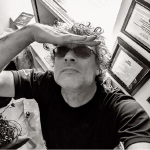 Rogelio Bernal Andreo – San Jose Astronomical Association (SJAA)
Rogelio Bernal Andreo – San Jose Astronomical Association (SJAA)
“Fotografiar el Cosmos me ofrece experiencias y perspectivas únicas y muy personales. Me ayuda a pausar todo lo demás. Me permite crear, soñar, y tener momentos increíbles. Y todo ello mientras hago visible lo invisible, para entonces llevármelo a casa.“
“Photographing the Cosmos gives me unique and personal experiences and perspectives. It helps me pause everything else. It allows me to create, to dream, and to have many great moments. All while I make the invisible, visible, and then take it home with me.”
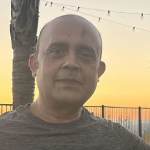 Imran Badr – San Jose Astronomical Association (SJAA)
Imran Badr – San Jose Astronomical Association (SJAA)
“Astrophotography is more than just a hobby for me—it’s a lifelong passion that continues to evolve with every clear night.”
 Stuart Forman – Mount Diablo Astronomical Society (MDAS)
Stuart Forman – Mount Diablo Astronomical Society (MDAS)
“Astrophotography allows me to explore the boundaries between art and science. I love using grounded scientific and mathematical tools to create images that not only represent what is in the night sky, but are pleasing to view. I learn more with every image I work on.”
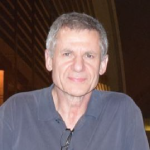 Philippe Fossier – San Francisco Amateur Astronomers (SFAA)
Philippe Fossier – San Francisco Amateur Astronomers (SFAA)
“I took an interest in astronomy from reading articles on the life and evolution of stars, including our sun. Astrophotography combines photographic composition and technical expertise; it gives us a chance to experiment with different approaches to create images and animations that engage us and raise our awareness of what exists beyond the limits of the earth.”
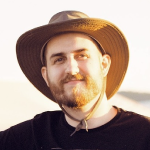 Brian Fulda – Eastbay Astronomical Society (EAS)
Brian Fulda – Eastbay Astronomical Society (EAS)
“To me, astrophotography isn’t about the equipment, the software, or the hours spent on one image. It’s about capturing a feeling. It’s about the dark skies, the late nights, the long drives, and all of the friendly people I’ve met along the way who know what it feels like too.
When I look up at the night sky, the superficialities of life seem to fade away. The universe doesn’t care about the bills I have to pay, what kind of car I drive, or how expensive my telescope is. It’s one of the few moments in life where I can just be. My astrophotography is my attempt at capturing this feeling with the hopes of inspiring others to get out and experience the same.”
 Conrad Jung – Eastbay Astronomical Society (EAS)
Conrad Jung – Eastbay Astronomical Society (EAS)
Conrad’s involvement with Chabot Observatory began at a young age, when he was drawn into the wonders of the cosmos through awe for its beauty and curiosity for its mysteries. He built his first telescope in the Telescope Makers’ Workshop, and joined the Eastbay Astronomical Society where he furthered his skills to pursue the science and art of astrophotography.
“For me, astrophotography is a medium for revealing the beauty and drama that is captured in the ancient light of the cosmos. I strive to create visual experiences that evoke a sense of familiarity and connection, and offer the viewer a portal to a deeper level . . . a window to see and feel their connection to the Universe.”
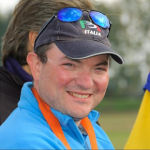 Francesco Meschia – San Jose Astronomical Association (SJAA)
Francesco Meschia – San Jose Astronomical Association (SJAA)
“To me, astrophotography has always been about sharing the night sky. As a child, I remember wanting to take a photo of a beautiful group of stars that I had just found with my telescope —the Pleiades— so I could show it to my parents. Later, I realized that photography can see deeper and farther than the eye, leading me on a quest for technical proficiency, for images that are deeper, richer, and also far removed from our naked-eye experience. Eventually, I discovered that I could communicate my sense of wonder more effectively if I connected with the observer on an emotional and aesthetic level, through framing and color. The night sky is the same for everyone, but creativity still shapes the impact of an astrophotograph.”
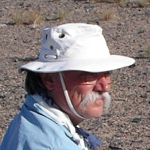 Bob Minor – Mount Diablo Astronomical Society (MDAS)
Bob Minor – Mount Diablo Astronomical Society (MDAS)
“I have been involved with astro – imaging since I was a teen ager. In 1963 I borrowed the family car and drove from California to Maine for my first of 15 Total Solar Eclipses. I have imaged eclipses, the Sun, Moon Planets, and a little deep sky for over 60 years.
My goal has always been to accurately represent the objects imaged and to bring out details that are hard to see directly. Eclipses are especially hard to image. The changing view and the high dynamic range make it difficult to convey the excitement and wonder of the event. With aging eyes, imaging and Electronically Assisted Astronomy have become more and more important to stay connected to the sky.”
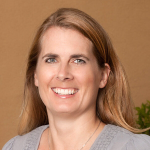 Tara Mostofi – Mount Diablo Astronomical Society (MDAS)
Tara Mostofi – Mount Diablo Astronomical Society (MDAS)
“Astrophotography has become the perfect intersection of my technical curiosity and artistic vision. I’m drawn to the intricate planning and execution required to capture compelling deepscape images – from scouting the perfect location for the alignment of the deep space object with the foreground to the challenges of post-processing that bring celestial wonders to life. Each image is a personal exploration, a way to share the beauty of the cosmos hidden from the naked eye and advocate for the precious resource of dark skies, particularly within our National Parks.”
“Galaxies are puddles of starlight and supernovas are like little drops of water plopping lazy ripples of light that we can sometimes watch.”
 Jared Willson – Eastbay Astronomical Society (EAS)
Jared Willson – Eastbay Astronomical Society (EAS)
“I first got into astrophotography because I wanted to “see” and share more of the universe than was visible in my telescope’s eyepiece. I found that astrophotography is incredibly useful not just for outreach and scientific education, but also as an inspiring art form that provides a human context and connection to the vast structures that surround us. I strive to create unique views of deep sky objects through technical art, highlighting the beauty of the wider universe while maintaining a solid connection to what is real through careful data collection, calibration, and processing techniques.”








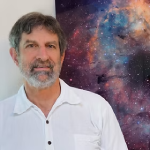 Gary Lopez
Gary Lopez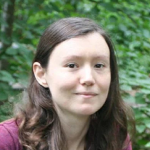 Judy Schmidt
Judy Schmidt

